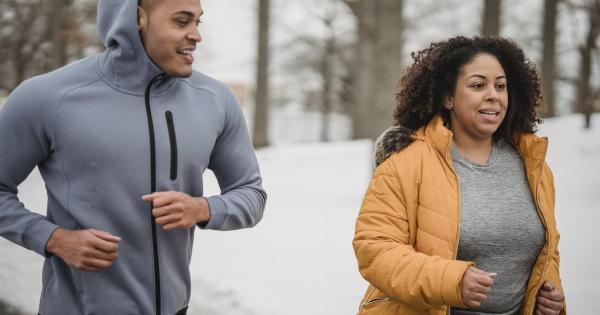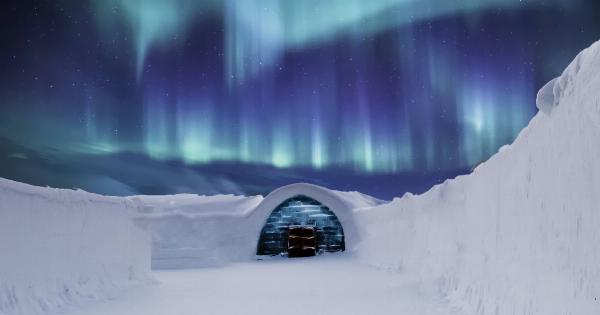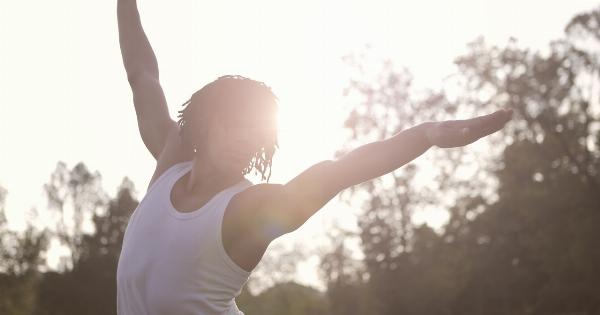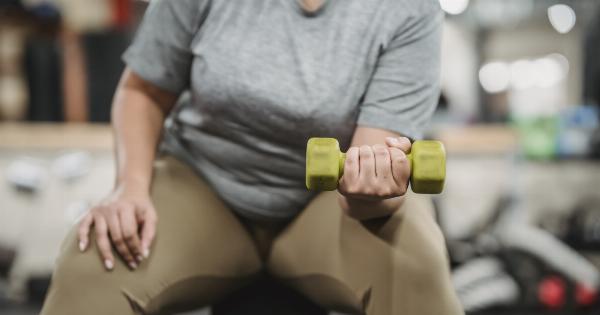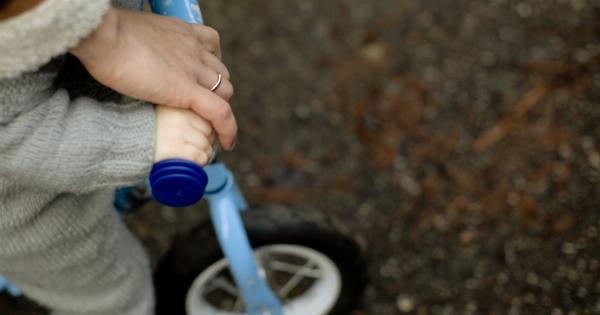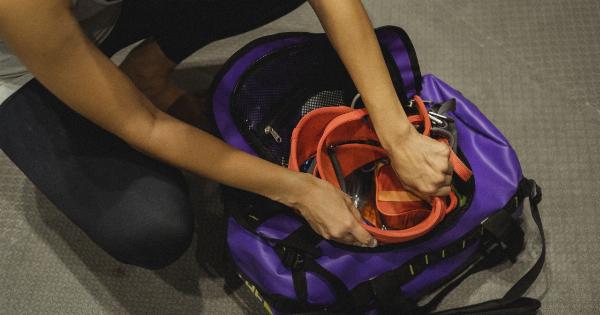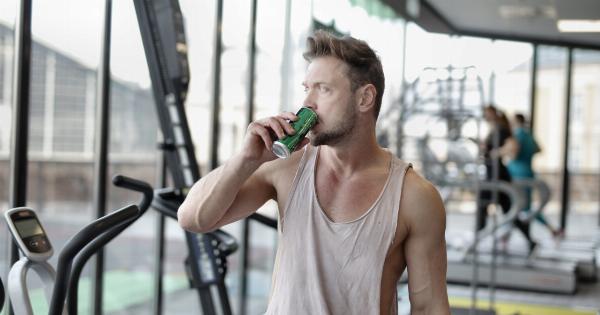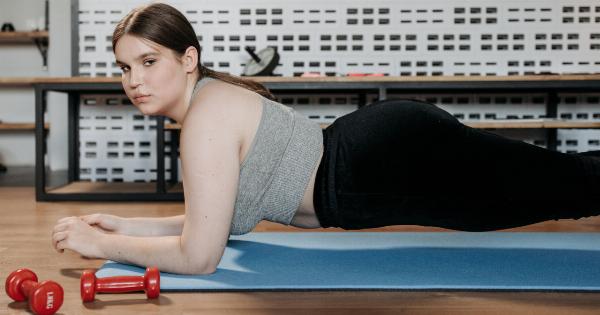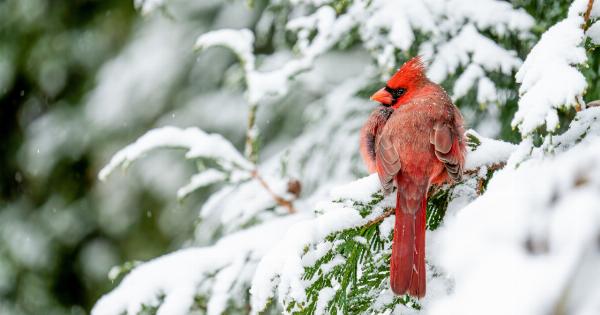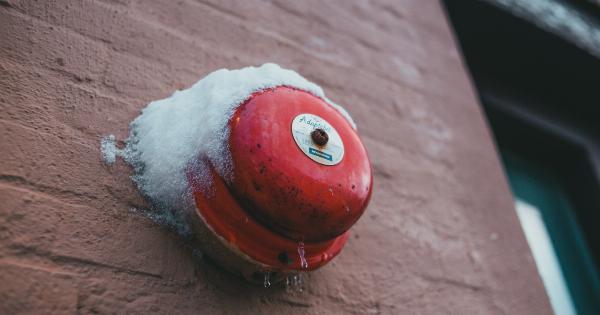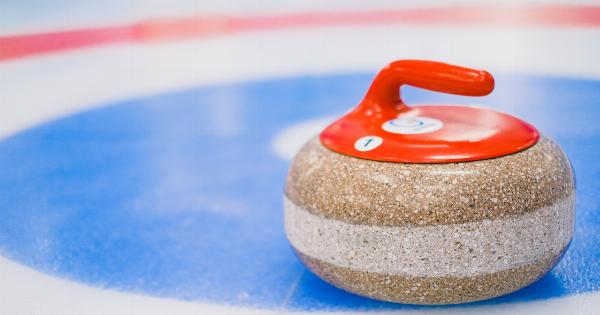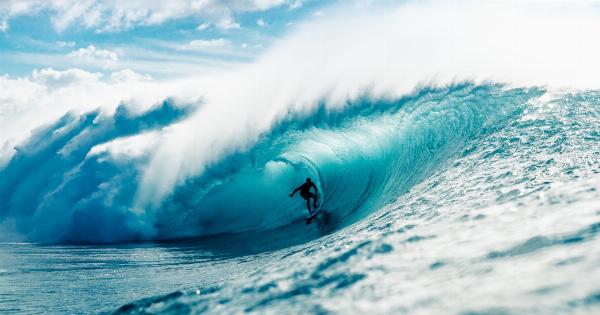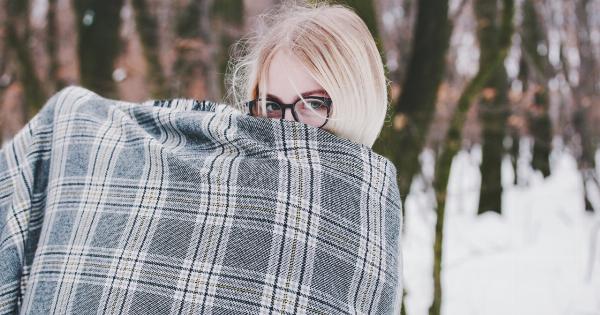Exercising outdoors during the winter months can be invigorating, but it also presents unique challenges. Cold temperatures, icy surfaces, and reduced visibility can pose risks if proper precautions are not taken.
To ensure your safety and maximize your enjoyment while working out in freezing temperatures, it is essential to follow some important guidelines. In this article, we will discuss ten crucial tips to keep yourself safe before, during, and after your winter workouts.
1. Dress Appropriately
One of the most critical aspects of working out in freezing temperatures is choosing the right clothing. Layering your attire is key to keeping warm and adapting to changing weather conditions.
Your base layer should be moisture-wicking to keep sweat away from your body, followed by a middle layer for insulation, and an outer layer to protect against wind, rain, and snow. Don’t forget to cover your extremities with hats, gloves, and warm socks to prevent frostbite.
2. Warm-Up Indoors
Before stepping out into the cold, it is crucial to warm up your muscles indoors to reduce the risk of injuries. Perform dynamic stretches and light aerobic exercises to raise your body temperature and increase blood flow.
This will help loosen up your muscles and prepare them for the lower temperatures and intensity of your outdoor workout.
3. Stay Hydrated
Staying hydrated during cold weather workouts is just as important as in warmer conditions. Although you may not feel as thirsty when it’s cold, your body still requires water to function optimally.
Cold air can be dehydrating, so remember to drink water before, during, and after your workouts to prevent dehydration. Keep a water bottle handy and consider using an insulated cover to prevent freezing.
4. Be Visible
In winter, daylight is shorter, and visibility can be significantly reduced. Whether you’re running, cycling, or walking, it is crucial to make yourself visible to motorists, especially during early morning or evening workouts.
Wear reflective clothing, use blinkers or reflective bands, and carry a flashlight to increase your visibility and reduce the risk of accidents.
5. Choose Safe Routes
When the temperature drops below freezing, it’s important to choose routes that are both well-lit and well-maintained. Look for paths that are regularly cleared of ice and snow to reduce the risk of slips and falls.
Avoid running near busy roads with heavy traffic, opting for parks, trails, or residential areas with minimal vehicular movement.
6. Slow Down
Winter weather conditions can hamper your usual pace and agility. Ice, snow, and freezing temperatures can make it challenging to maintain your balance and control. It is crucial to slow down and adjust your stride accordingly.
Take smaller steps, pay attention to your footing, and be cautious while moving over potentially slippery surfaces to prevent falls or other injuries.
7. Protect Your Lungs
Exercising in cold air can lead to respiratory issues if not adequately protected. Breathing in cold air can cause lung irritation and trigger conditions like asthma or exercise-induced bronchoconstriction.
To protect your lungs, consider wearing a scarf or a cold-weather mask over your nose and mouth. This will help warm and humidify the air before inhaling, reducing the risk of irritation and breathing difficulties.
8. Be Mindful of Wind Chill
Wind chill is the combination of air temperature and wind speed, and it can make the temperature feel significantly colder than what the thermometer shows.
It is imperative to check the weather conditions and take wind chill into account while planning your outdoor workout. Dress appropriately for the anticipated wind chill to avoid frostbite and hypothermia.
9. Listen to Your Body
During winter workouts, paying attention to your body’s signals is crucial. If you experience numbness, tingling, excessive shivering, confusion, or dizziness, it is essential to stop exercising immediately and seek shelter.
These symptoms may indicate frostbite or hypothermia, both of which can be serious medical conditions. Listen to your body and prioritize your safety over pushing through discomfort.
10. Warm Down and Recover
After completing your winter workout, it is crucial to allow your body to cool down gradually. Perform light stretches indoors to help bring your heart rate and breathing back to normal.
Take a warm shower or hot drink to raise your body temperature and promote relaxation. Adequate recovery is essential to prevent soreness and injuries, so make sure to prioritize rest and listen to your body’s needs.

